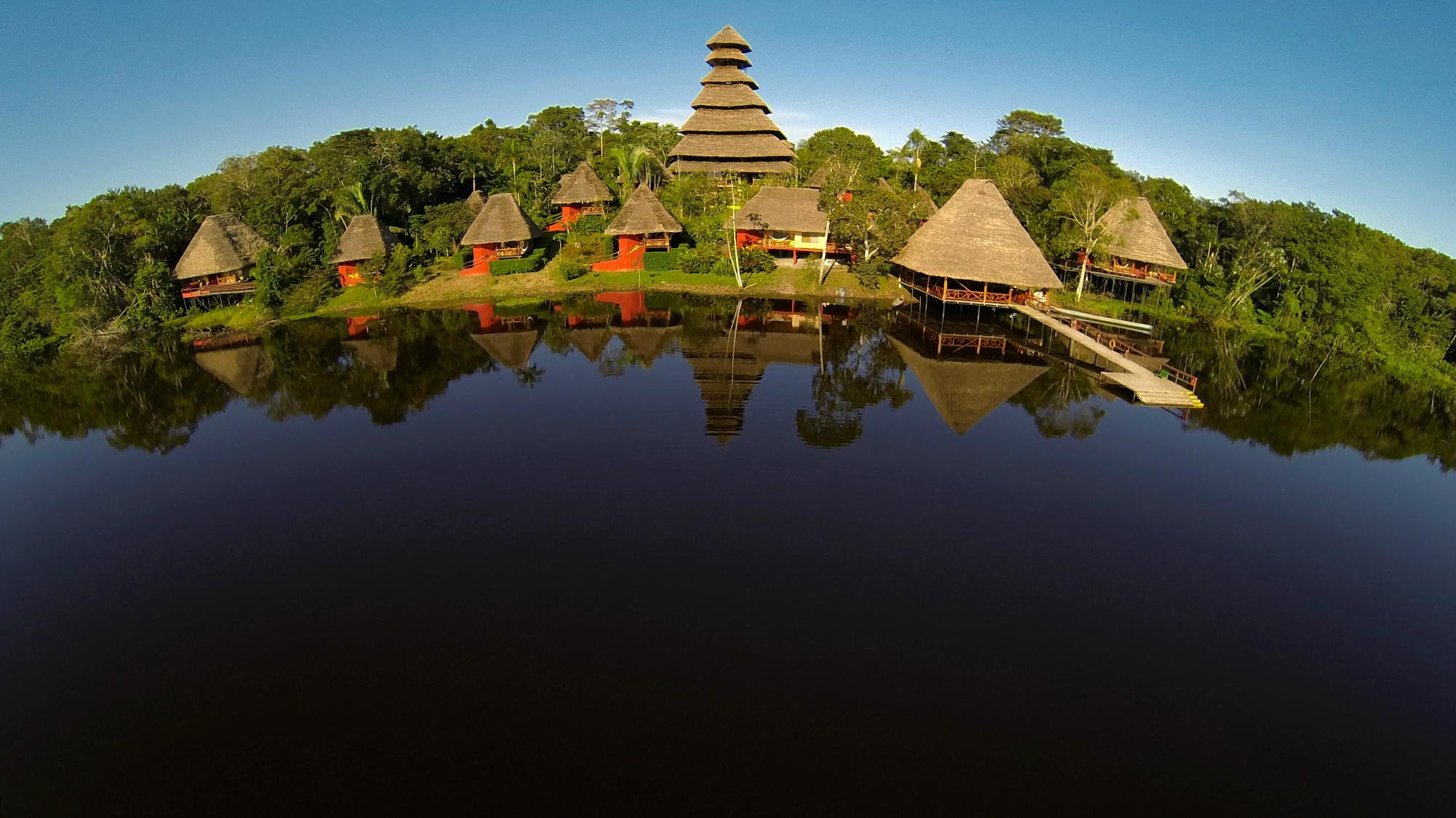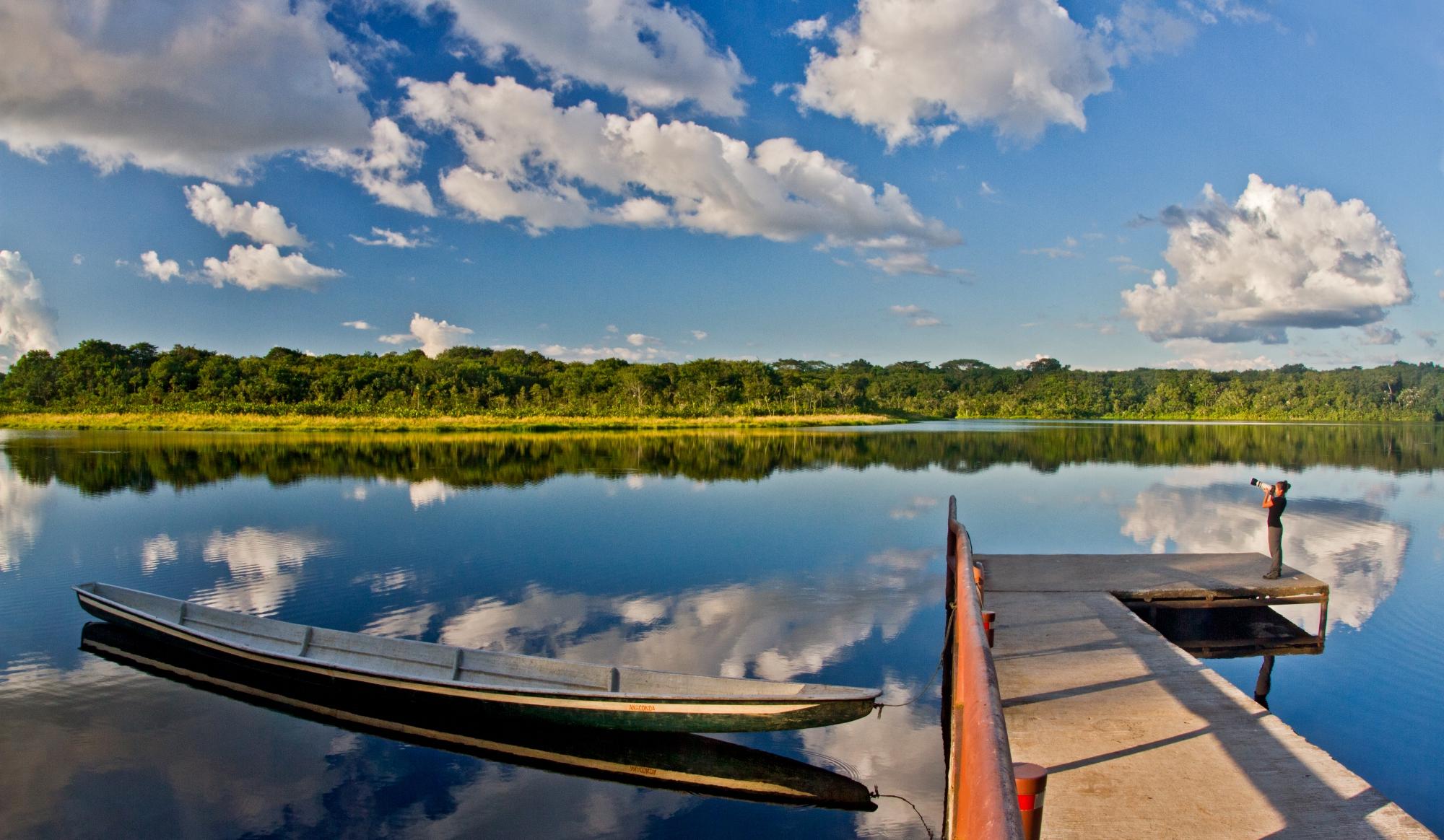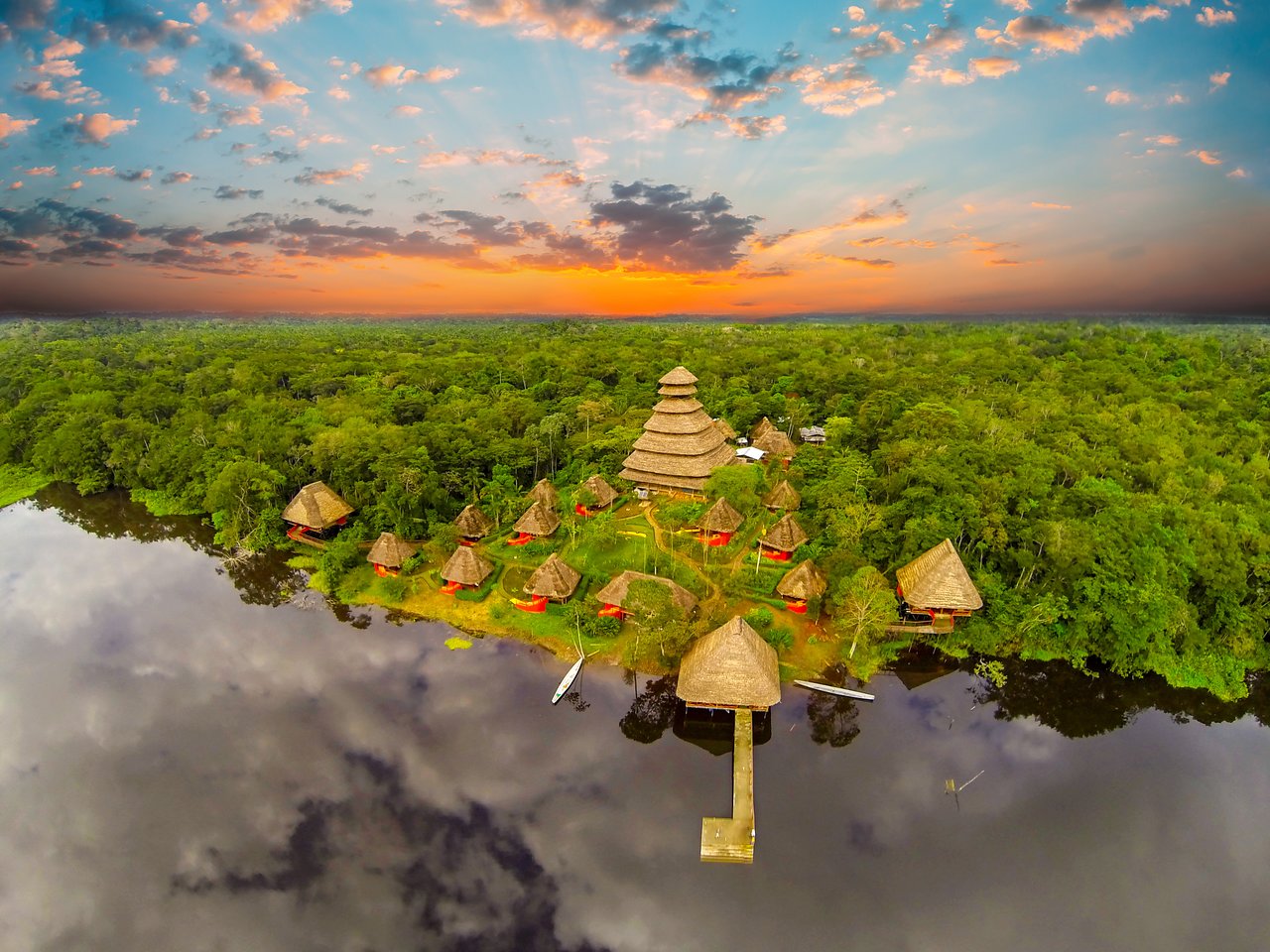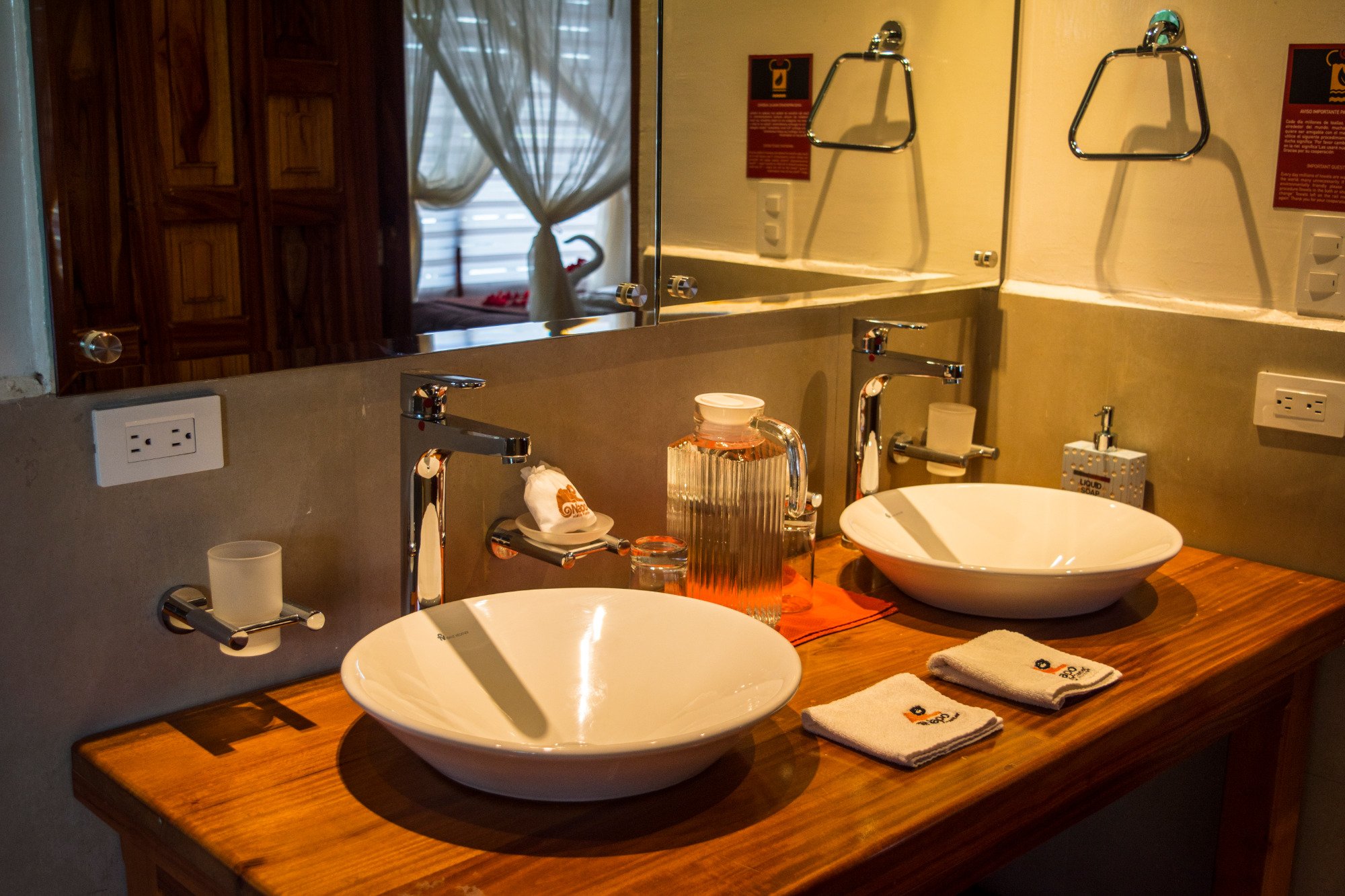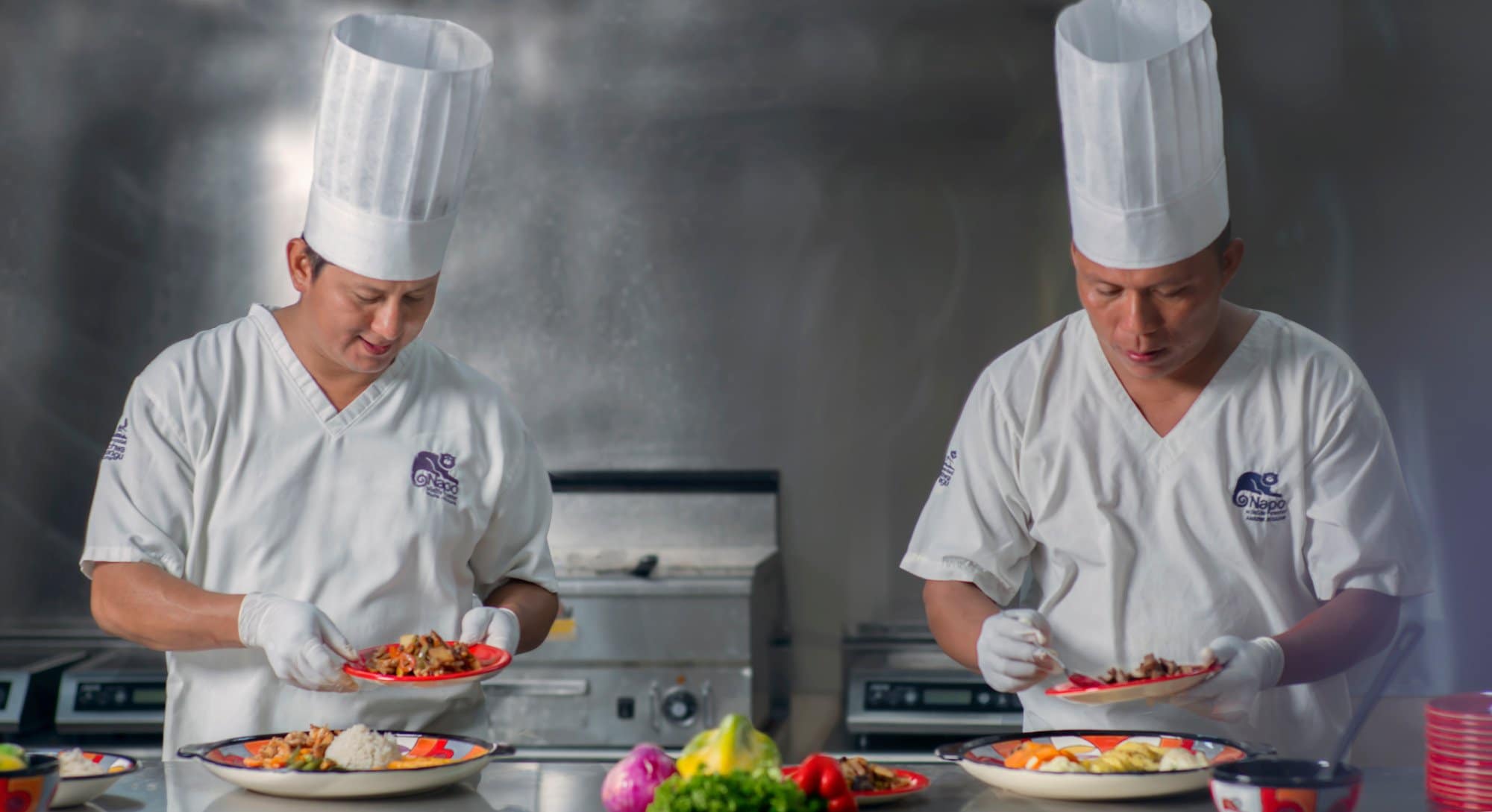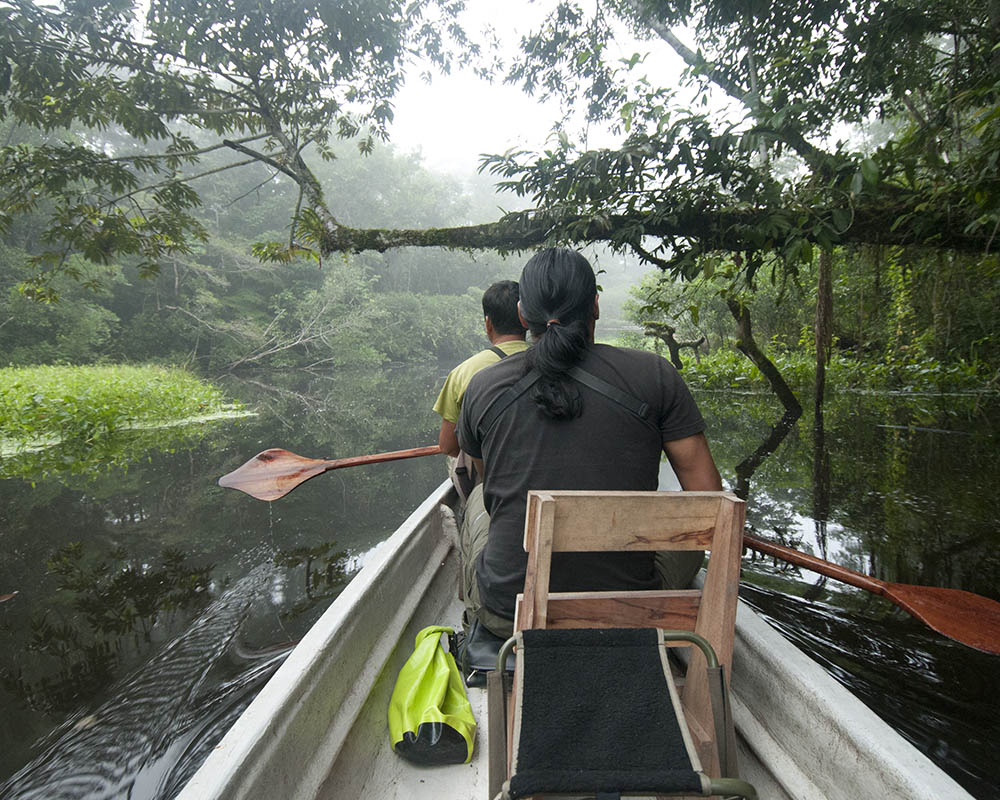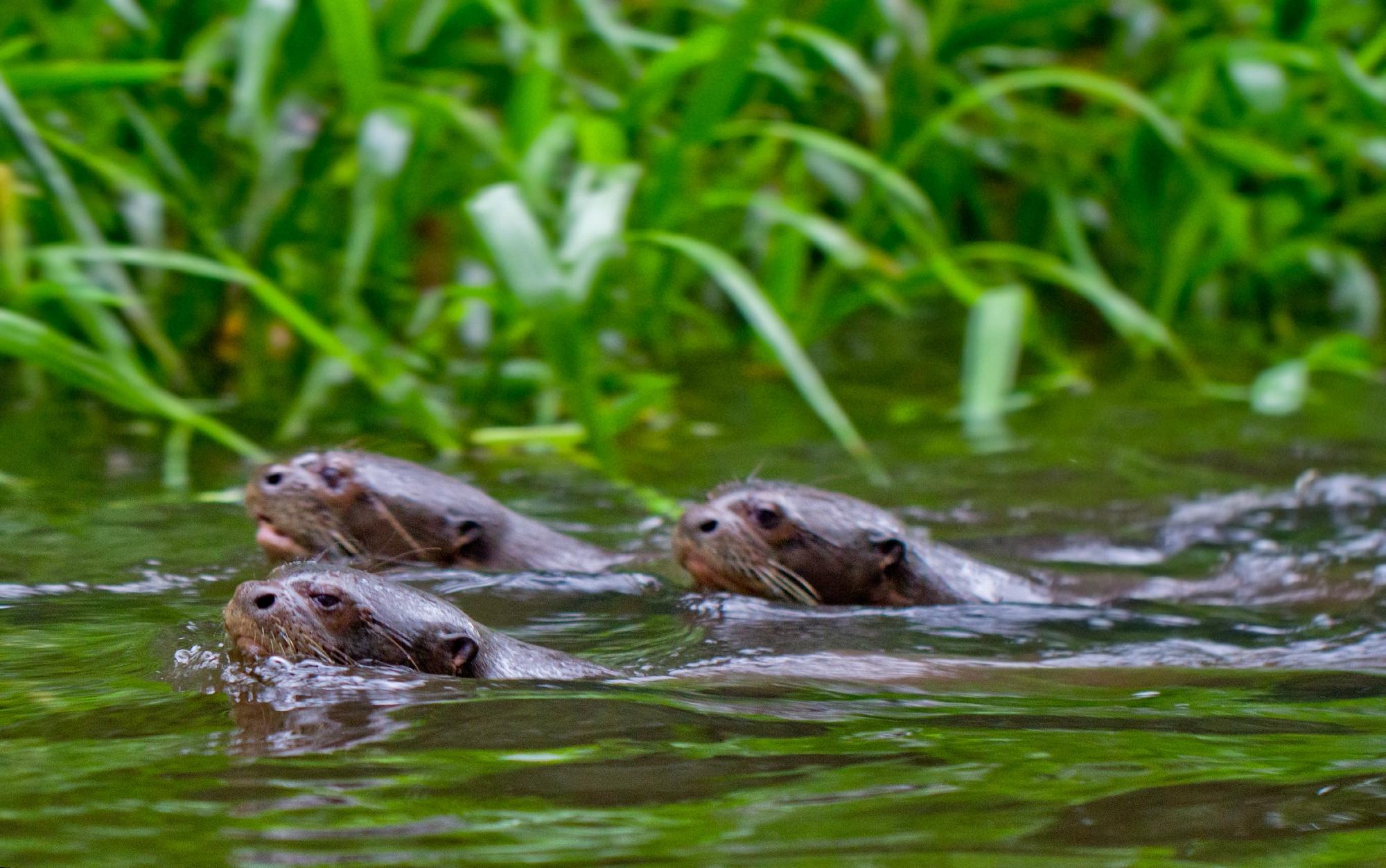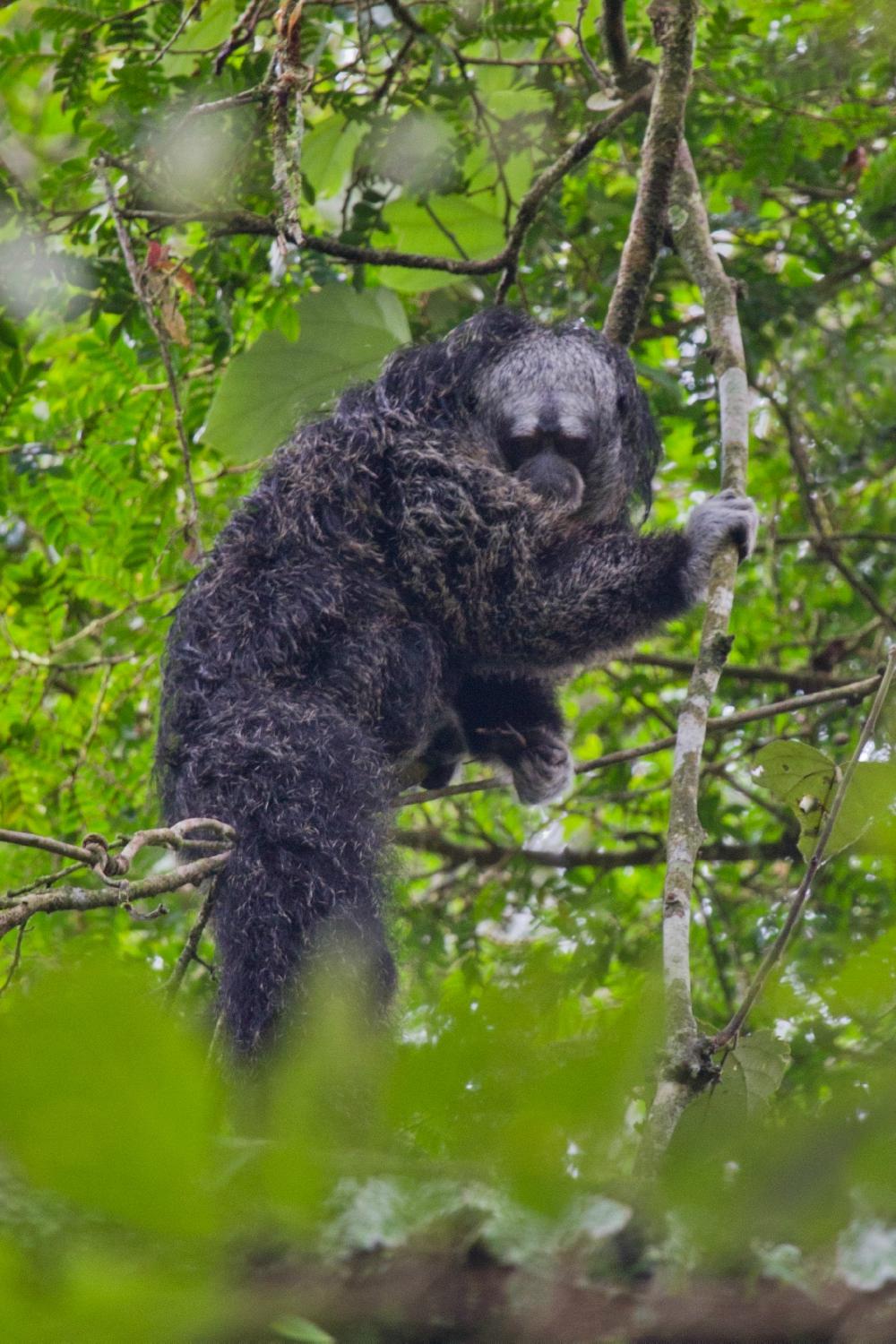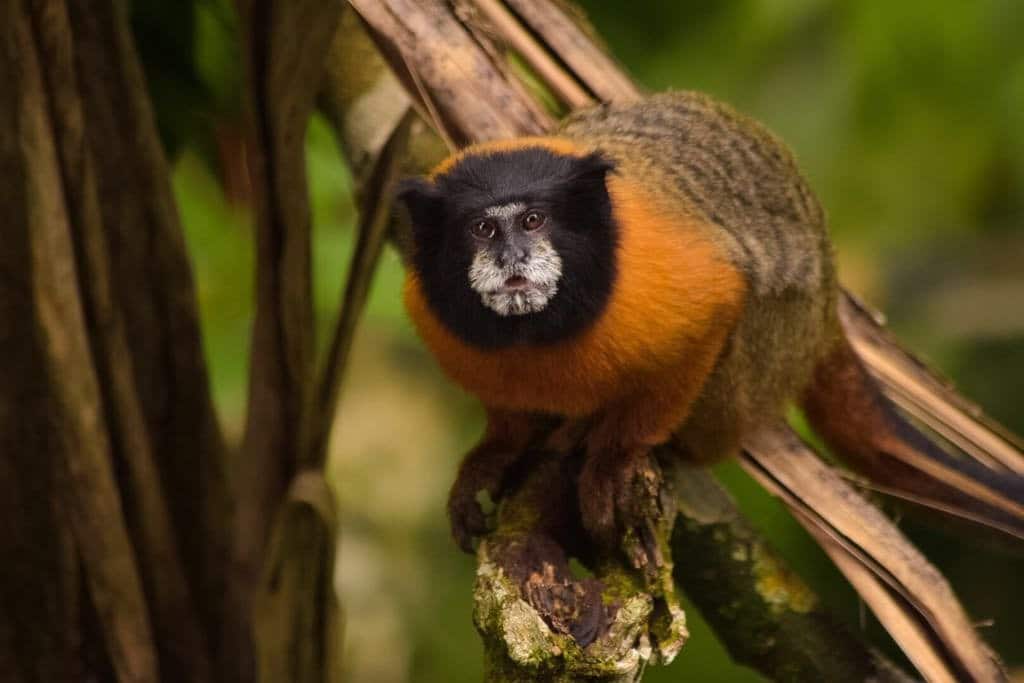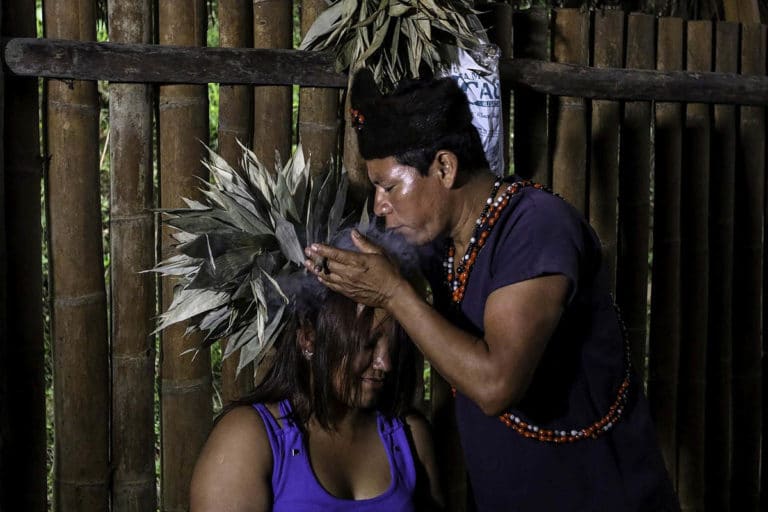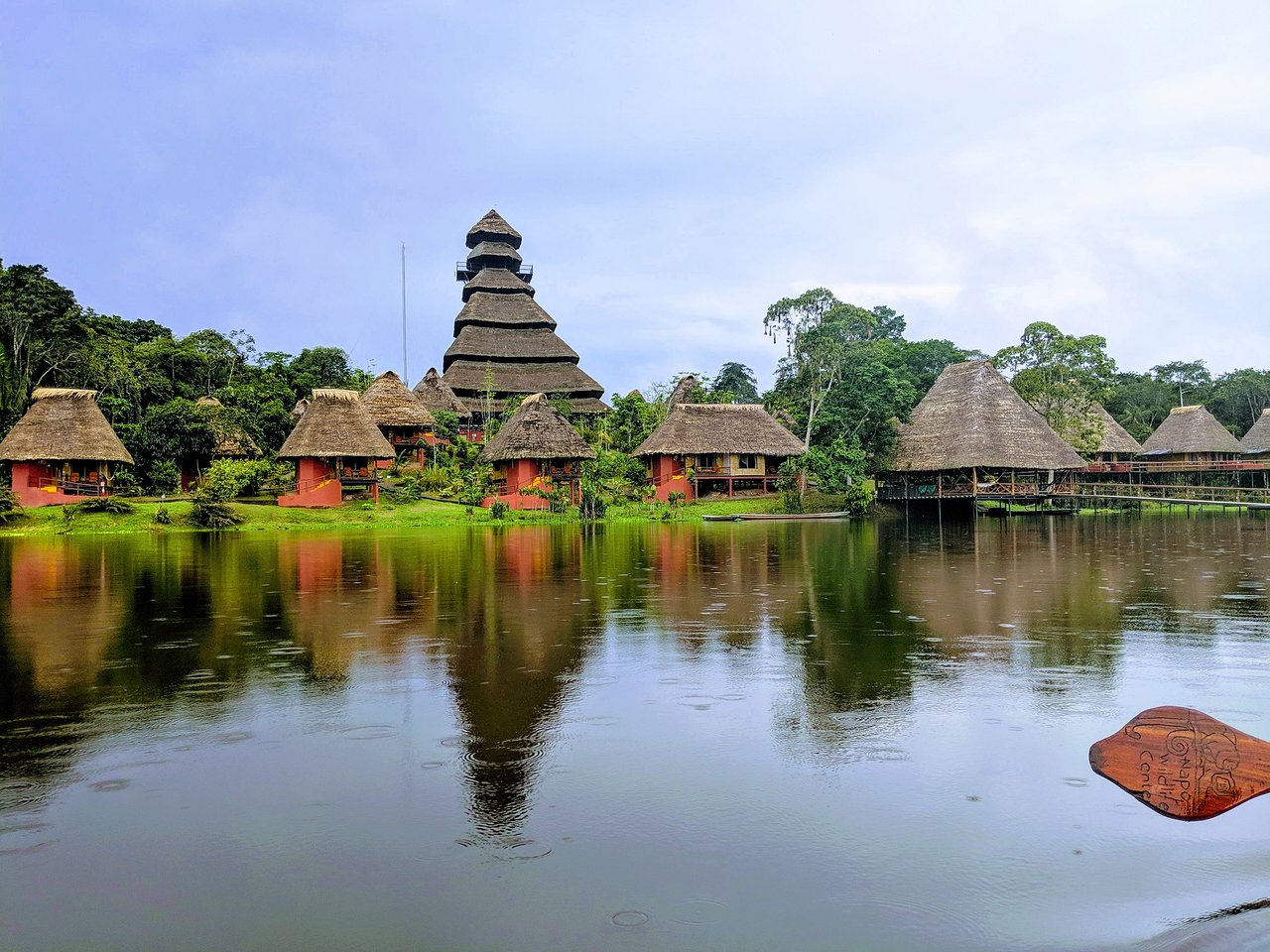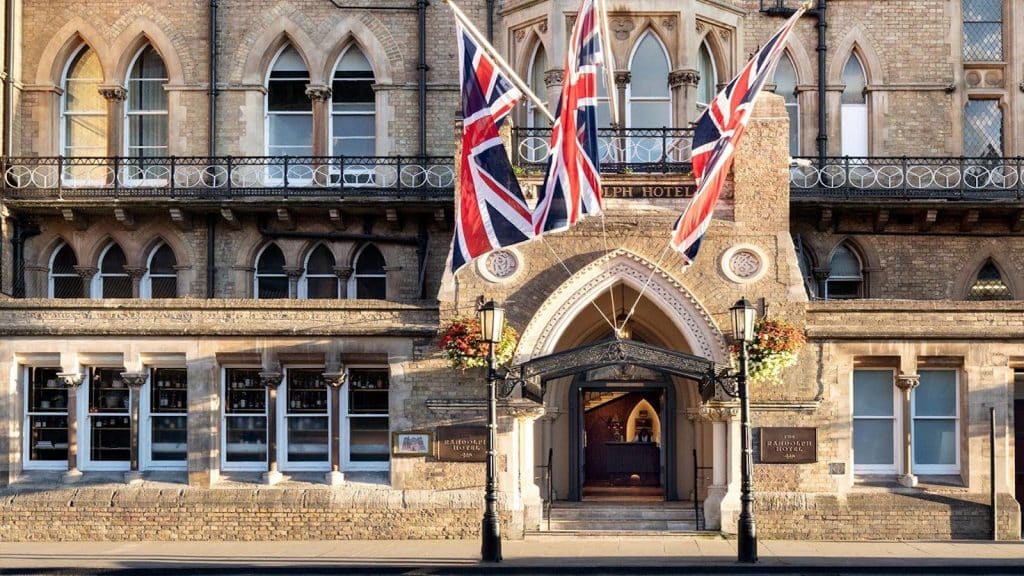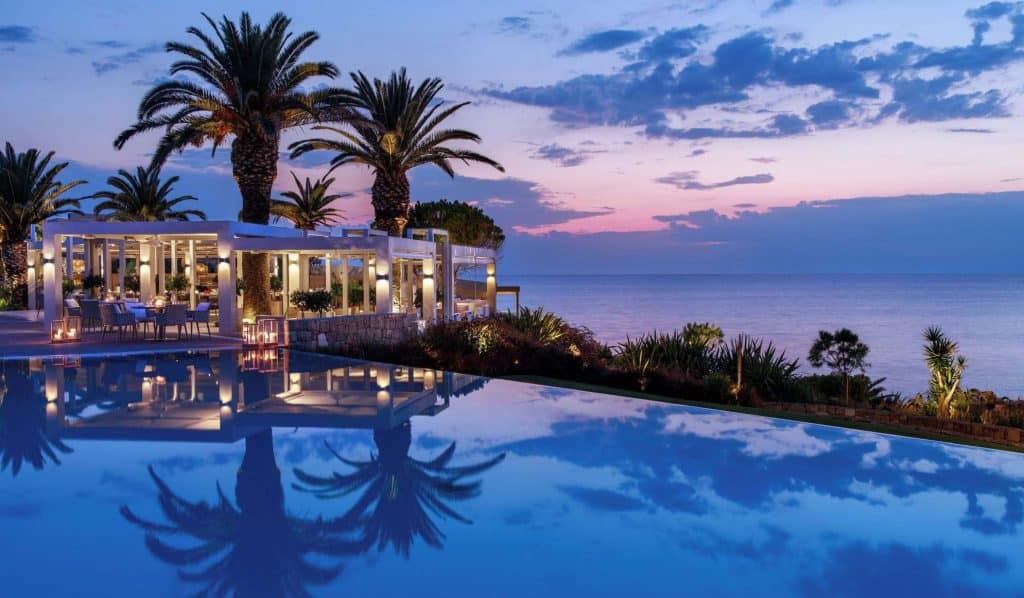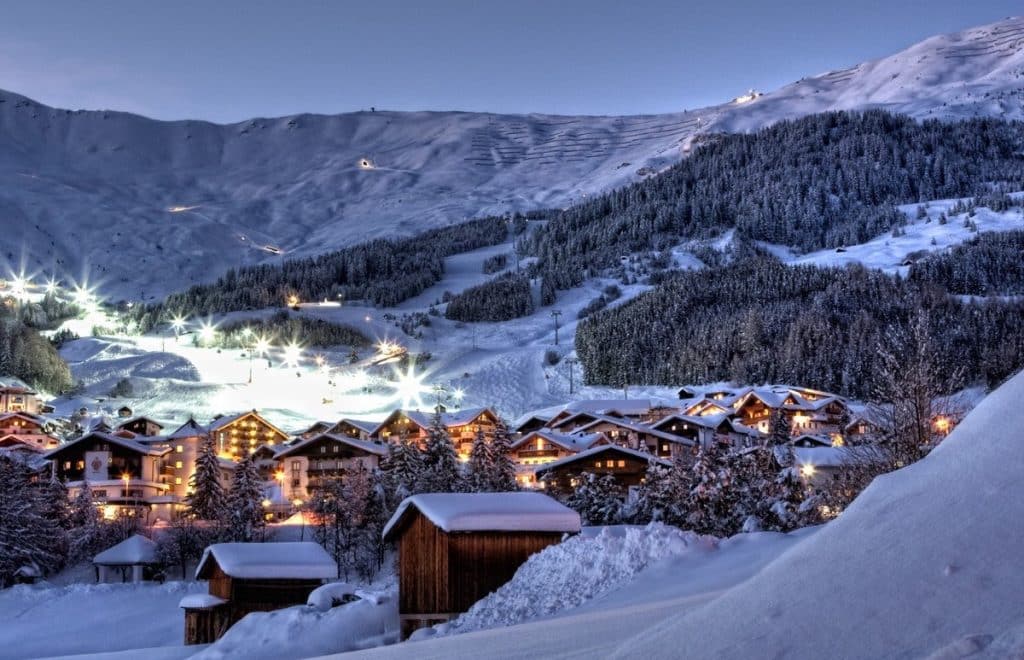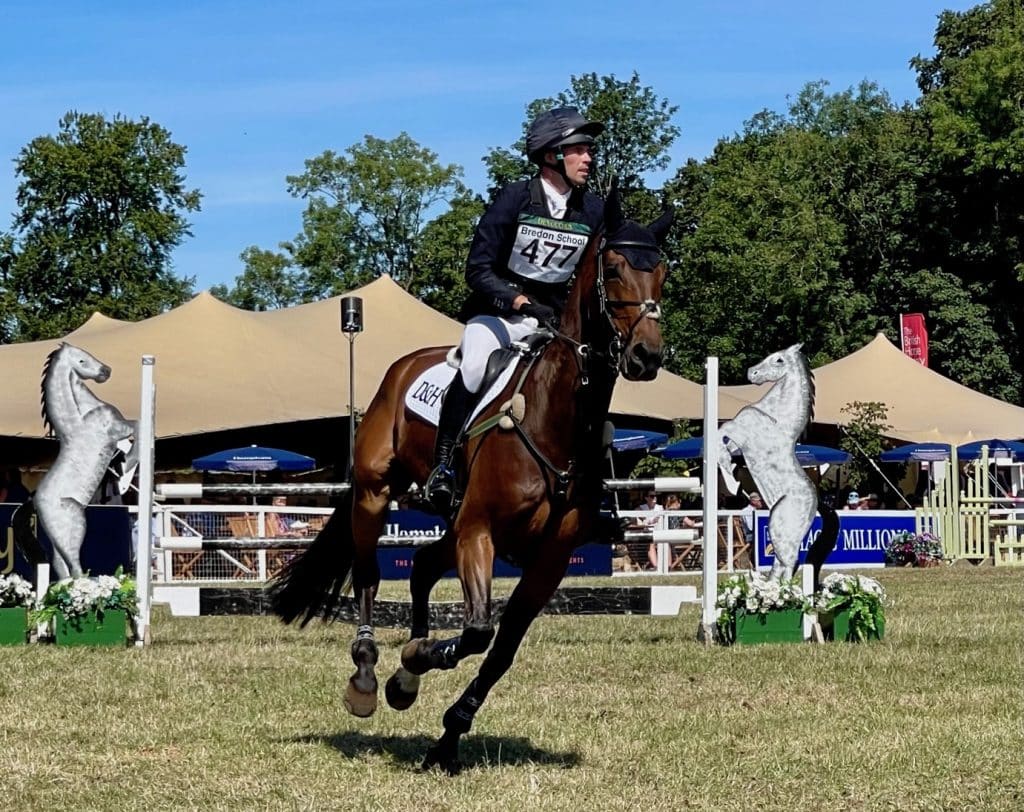Burgundy droplets spoiled the shiny surface of the Swiss Army knife, as its constant stabbing motion caused a trickle and then a positive flow. The blood was rare and despite the oppressive humidity, we had to work quickly using a sully-free container to avoid contamination. We were on a mission for a Napo Wildlife Centre review, deep in the Amazon rainforests of Ecuador and to take some of their fascinating guided rainforest tours.
Blood from a Drago (Dragon) tree is used to treat many ailments in the heart of the Amazon rainforest. Indigenous tribes believe that the power of its mystical ingredients can heal anything from gastroenteritis to skin disorders to diabetes. Together with our two guides: Ernesto a biologist who travelled with us from Quito, and Domingo: a local Quichua Indian, we had come to Amazonian Ecuador to embark on a medicinal and holistic quest.
Our base was the Napo Wildlife Centre, situated on the edge of the Anangugocha lake. A non-profit eco-project funded by charitable contributions, Napo covers 82 square miles of pristine rainforest in its private reserve on the northern edge of the Yasuni National Park. This is a UNESCO Biosphere Reserve based on a unique conservation partnership with the local Anangu Quichua Indian community.
This is the unique ancestral territory of the Anangu Quichua people and built entirely on local initiative. Employing local staff the project fully supports the local community. Hand made by Quichua craftsmen the cabins are framed by large candy-pink ginger plants, the thatched roofs of the lodges beautifully crafted to synergise with the tropical landscape.
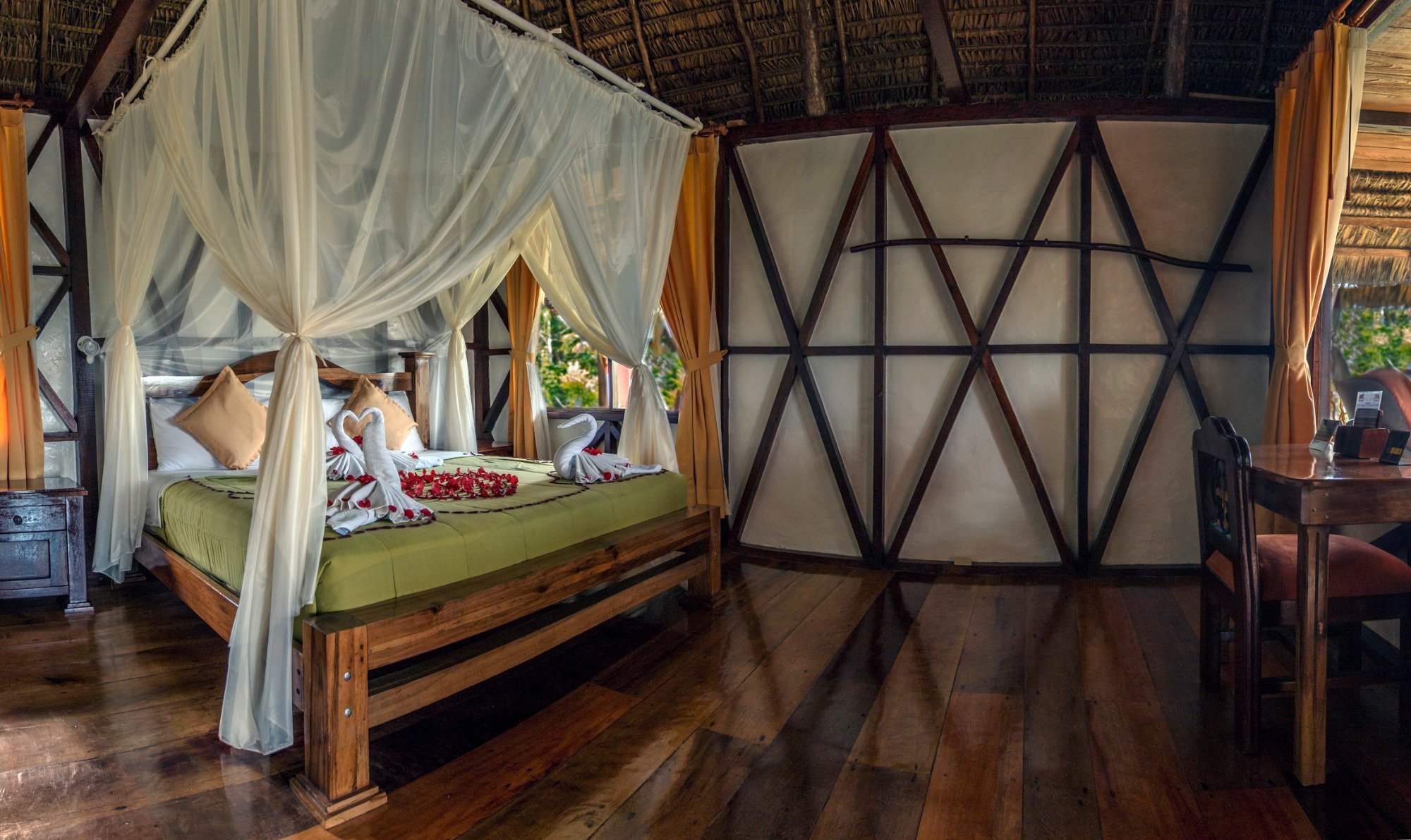
Naturally in our Napo Wildlife Centre review we did not expect luxury hotel accommodation, but the lodges are very charming, comfortable and atmospheric with lots of hand made furniture and lovely polished wooden floors. Starting at the lakeside the cabins are built up the side of a gentle slope, the most desirable location usually being considered on the waterside. Ours was set a little back but this was no disadvantage and there seem to be great views from all. It could even be sensibly argued that there is some advantage to the elevated views from the accommodation higher up.
Each is private and comes with more than enough comfort, hot & cold water (and insect nets) to provide a very relaxing and comfortable stay. There is also remarkably good food, from local chefs who cook delicious Ecuadorian specialities from locally sourced products.
The main reason to visit the Napo Wildlife Centre is of course for an experience of the Amazon rainforest and a look at the remarkably diverse local wildlife. You can start at the viewing tower at the centre of the complex looking out for the gold collared Tamarind Monkeys. Expertly guided excursions are included in the cost of all stays at Napo and unsurprisingly all involve some travel on the water. Taking turns to paddle a dugout canoe, we navigated our way down the Amazon waters; sometimes the colour of milky tea and other times black espresso due to the extremes of vegetation.
The eerie call of the howler monkeys overhead and the prehistoric grunts of the eccentric Hoatzin birds provided the incessant jungle chatter, but once accustomed, the mind changed frequency and instead, tuned in to the Amazon’s genuine repose.
Squelching through the ankle-deep chocolate coloured mud in search of medicinal plants, treks through the rainforest propel one to a heightened sense of connection, not only with surrounding nature and fellow travelling companions, but to oneself. As we marvelled at the truly spectacular iridescence of a giant butterfly’s wing known as the Blue Morpho, or the unnaturally brilliant white fungi, we were aware of being completely in the moment.
Occasionally we paused as my guides would take it in turn to demonstrate the health-giving properties of plants. One is the Madri Caspi whose roots are boiled in a pot and the resulting mixture used to treat pneumonia. Another is Sacha Cebolla, a wild onion when chopped up and applied to wounds, miraculously aids healing in a matter of days.
No visit to Amazonian Ecuador would be complete without a visit to a local Shaman or Medicine Man, as the the locals usually refer to him. Identifying the need to rid our editor of evil spirits, he performed a ritual called Sacha Guarmi which means Lady of the Wild. Drinking a cup of Yage which is made from a hallucinogenic vine, he used his “magic wand” (a bunch of Suru Panga leaves), as his main tool for the cleansing. Taking around five minutes for each of us, the ritual involves the Shaman sweeping the wand across your head and shoulders. He then blows circles of smoke over your crown, which he inhalales, and lastly (hopefully) beats away all of the evil spirits.
Feeling purged with an incredible sense of balance and well being, we took our seats at the back of the canoe in readiness for the long trip back to the lodge and applied Drago blood to some nasty looking mosquito bites.
For further information, please visit www.napowildlifecenter.com
Images by CELLOPHANELAND* and Napo Wildlife Centre.
Getting there:
Flights are from Quito; an approximately 35 minute flight takes us over the Eastern Andes Mountain Range, crossing the equator and looking over snow capped volcanoes before reaching the headwaters of the Amazon Basin near the Napo River. After landing at Coca, we are greeted by staff for a journey motorised canoe ride of about 2 hours. Our bags are taken to the lodge whilst we clamber into a dugout canoe for about a ninety minute guided paddle through the rain forest.




